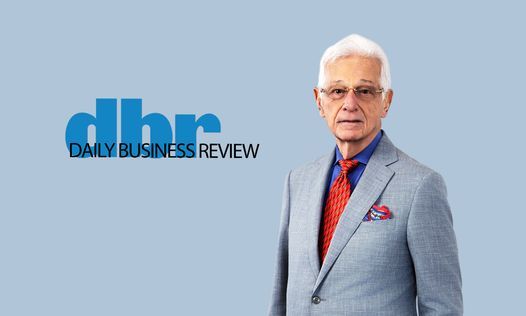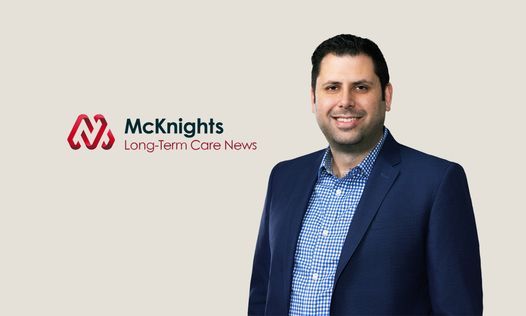EEOC Ordered to Reconsider What “Voluntary” Means for its Wellness Program Guidance
The long-running efforts of the Equal Employment Opportunity Commission to provide guidance on what constitutes a “voluntary” wellness program were called into question by the U.S. District Court for the District of Columbia, in the case A.A.R.P. vs. U.S. E.E.O.C.
As discussed in our previous blog post, in May 2016 the EEOC finalized its regulations on employer-sponsored wellness programs. A primary focus of those regulations was to define what made a wellness program “voluntary” as opposed to mandatory. That distinction is important because the Americans with Disabilities Act (ADA) and other federal law provides that an employer may conduct medical examinations and collect employee medical history as part of an employee health program, as long as the employee’s participation in the program is “voluntary.” Thus, to avoid certain prohibitions under the ADA, an employer’s wellness program must meet the standards for a voluntary program.
In its final regulations, the EEOC adopted a standard of voluntariness that was consistent with separate guidance issued under HIPAA and under the Affordable Care Act. This standard provides that a financial incentive to participate in a wellness program that is no more than 30% of the cost of coverage for the employer’s group health plan would be permissible without the program losing its voluntary nature. In other words, for employees who do not wish to participate, incentives greater than 30% would be so large as to be effectively “compulsory.”
The AARP sued, claiming that an employee who did not participate in a wellness program would be foregoing the incentive, thereby making the program involuntary. In effect, the AARP was arguing that incentives offered under a wellness program would cause that program to be involuntary and thus subject to the prohibitions of the ADA. According to the court, the EEOC was unable to show how its interpretation of voluntariness was reasonable and consistent with applicable law. The EEOC must now reconsider how it defines a “voluntary” program. To overcome the objections of the plaintiffs in this case, the EEOC will need to adequately explain how it determined that the 30% incentive level is an adequate measure of voluntariness.
While the court ruled that the EEOC failed to provide a reasonable explanation as to its standard for voluntariness, the court decided not to vacate the EEOC’s regulations at this time. Instead, it remanded the case and ordered the EEOC to reconsider what a “voluntary” program is, and provide a reasoned explanation as to how it made that decision. Thus, employers may continue to maintain their wellness programs in accordance with the EEOC’s previous guidance, for now.
Please contact Tony Antognoli or your Hinshaw attorney if you have further questions about your wellness program.
Featured Insights

Employment Law Observer
Dec 8, 2025
12 Days of California Labor and Employment: 2025 Year in Review

Press Release
Dec 4, 2025
Hinshaw Recognized by the Leadership Council for Legal Diversity as a 2025 Top Performer

Press Release
Nov 25, 2025
Hinshaw Legal Team Secures Summary Judgment in Gas Station Injury Case

Press Release
Nov 18, 2025
Hinshaw Releases the Third Edition of Duty to Defend: A Fifty-State Survey

In The News
Nov 13, 2025
A Profile on Neil Rollnick: After 57 Years in Practice, He Has No Plans to Retire

Press Release
Oct 22, 2025
Hinshaw & Culbertson LLP Launches New Website and Refreshed Brand






